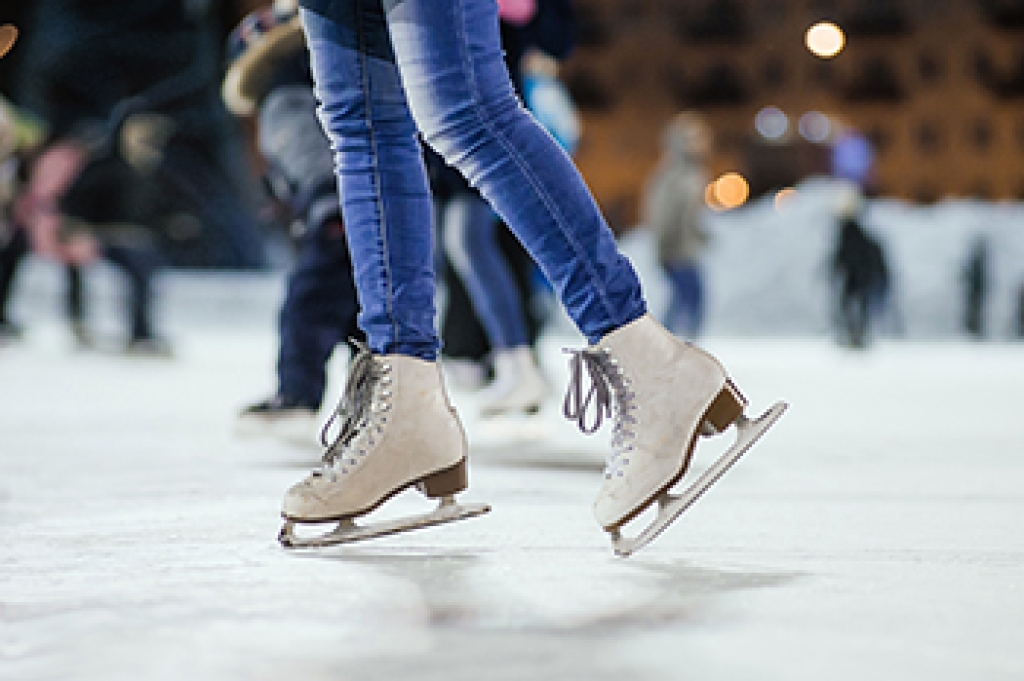
Foot corns are small, thickened areas of hardened skin that develop due to repeated pressure or friction, often on the tops, sides, or soles of the feet. They commonly form from wearing tight shoes, abnormal foot mechanics, or frequent walking or standing. Symptoms include raised, rough bumps that can be tender or extremely painful, especially when pressure is applied. Corns can interfere with walking and daily activities, if left untreated. A podiatrist can safely remove corns, address the underlying cause, and recommend strategies to prevent recurrence. Treatment may include padding, custom orthotics, footwear adjustments, and guidance on proper foot care. Corns can cause extreme pain. If you have developed a foot corn, it is suggested that you consult a podiatrist who can offer effective relief and treatment solutions.
Corns can make walking very painful and should be treated immediately. If you have questions regarding your feet and ankles, contact one of our podiatrists of Pennsylvania Foot & Ankle. Our doctors will treat your foot and ankle needs.
Corns: What Are They? And How Do You Get Rid of Them?
Corns are thickened areas on the skin that can become painful. They are caused by excessive pressure and friction on the skin. Corns press into the deeper layers of the skin and are usually round in shape.
Ways to Prevent Corns
There are many ways to get rid of painful corns such as:
- Wearing properly fitting shoes that have been measured by a professional
- Wearing shoes that are not sharply pointed or have high heels
- Wearing only shoes that offer support
Treating Corns
Although most corns slowly disappear when the friction or pressure stops, this isn’t always the case. Consult with your podiatrist to determine the best treatment option for your case of corns.
If you have any questions, please feel free to contact one of our offices located in Bensalem, Philadelphia, Northeast Philadelphia, Yardley, PA, and Hamilton, NJ . We offer the newest diagnostic and treatment technologies for all your foot care needs.




